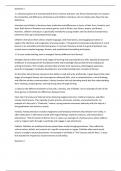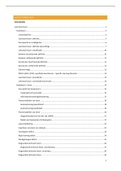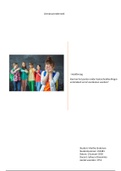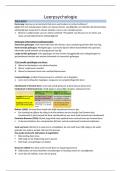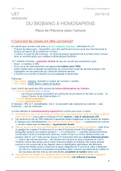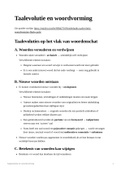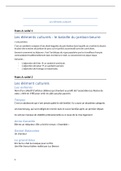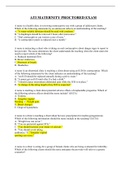Summary
Summary CHL2601 Assessment 4 in full
- Institution
- University Of South Africa (Unisa)
CHL2601 in full expertly written and we'll researched. Guaranteed A mark. Just add your details. Includes Addendum A plagiarism declaration at the end for your convenience just add your details
[Show more]
